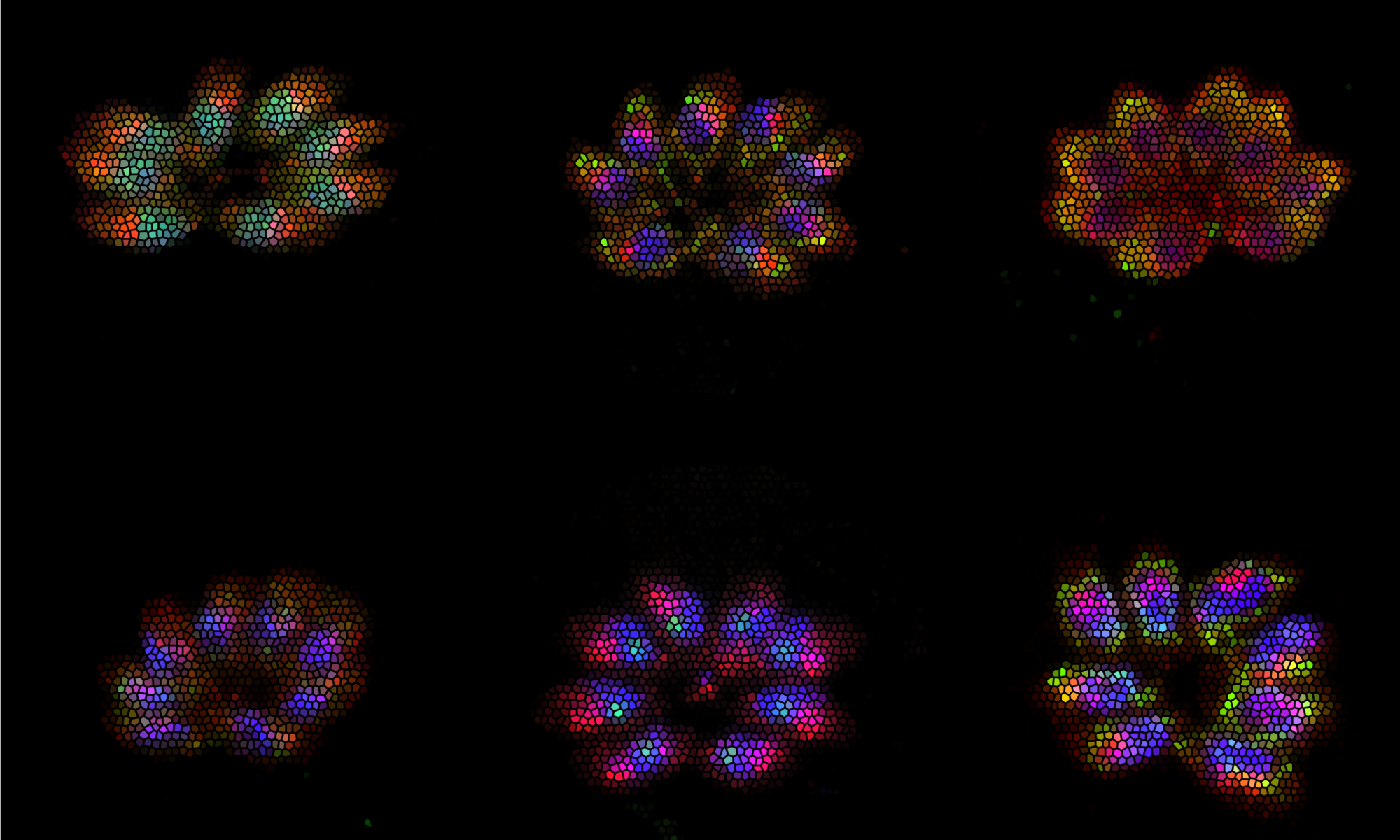The Huet lab investigates the highly divergent metabolic adaptations of apicomplexan parasites, a group of single-celled eukaryotes that cause morbidity, mortality and substantial economic loss worldwide. Members of the apicomplexans include the causative agents of malaria (Plasmodium spp.), cryptosporidiosis (Cryptosporidium spp.) and toxoplasmosis (Toxoplasma gondii). Our work focuses on T. gondii as a model to study the unique aspects of apicomplexan biology. In the majority of these organisms, important metabolic pathways take place within two endosymbiotic organelles: the mitochondrion and the apicoplast, a relict plastid of algal origin. We use genetic, biochemical and cellular approaches combined with metabolomics and proteomics to study the unique aspects of the apicomplexan endosymbiotic organelles. Our research aims to understand the highly divergent biology of apicomplexan organelles to reveal phylum-specific adaptations and possible vulnerabilities as therapeutic targets.
Research
The apicomplexan ATP synthase

The ATP synthase is a molecular complex that couples the proton-motive force, generated by respiration, to ATP synthesis. This crucial process is intricately regulated in eukaryotes. As such, expression and regulation of its subunits respond to the cellular demands that can drastically change depending on the environment. Our work identified an array of novel ATP synthase-associated proteins found only in apicomplexans. We seek to understand the function of these apicomplexan-specific subunits, which may serve important roles within the complex and reveal new aspects of this important enzyme from a functional and evolutionary perspective.
Mitochondrion-apicoplast crosstalk

One defining feature of many apicomplexans is the presence of a single mitochondrion and a relict chloroplast, the apicoplast, that houses numerous essential metabolic pathways. These organelles have co-evolved for more than half a million years, resulting in a unique and divergent crosstalk of metabolic pathways between both compartments. While the apicoplast provides fatty acids and isoprenoids to the mitochondrion and the rest of the cell, the role of mitochondrial metabolites used by the apicoplast are less understood. We study the function of these metabolites in apicoplast metabolism, allowing us to retrace the metabolic pathways connecting the two organelles, and the requirements of mitochondrial metabolites and reducing power to apicoplast function.
People

Diego Huet, Principal Investigator

Christofer Kershbael Zepeda, Research Associate

Kaelynn Parker, PhD Student

Madelaine Usey, PhD Candidate

Seth Laney, Undergraduate Student

Aneesh Mirakjar, Undergraduate Student

Sriram Yermeni, Undergraduate Student
Publications
● Huet D, Blisnick T, Perrot S, Bastin P. IFT25 is required for the construction of the trypanosome flagellum. J Cell Sci. 2019. PubMed PMID: 30709917.
● Huet D, Rajendran E, van Dooren GG, Lourido S. Identification of cryptic subunits from an apicomplexan ATP synthase. Elife. 2018. PubMed PMID: 302040.85.
● Sidik SM, Huet D, Lourido S. CRISPR-Cas9-based genome-wide screening of Toxoplasma gondii. Nature Protocols. 2018. PubMed PMID: 29323662.
● Sidik SM*, Huet D*, Ganesan SM, Huynh MH, Wang T, Nasamu AS, Thiru P, Saeij JPJ, Carruthers VB, Niles JC, Lourido S. A Genome-wide CRISPR Screen in Toxoplasma Identifies Essential Apicomplexan Genes. Cell. 2016. PubMed PMID: 27594426.
● Huet D, Blisnick T, Perrot S, Bastin P. The GTPase IFT27 is involved in both anterograde and retrograde intraflagellar transport. Elife. 2014. PubMed PMID: 24843028.
● Subota I, Julkowska D, Vincensini L, Reeg N, Buisson J, Blisnick T, Huet D, Perrot S, Santi-Rocca J, Duchateau M, Hourdel V, Rousselle JC, Cayet N, Namane A, Chamot-Rooke J, Bastin P. Proteomic analysis of intact flagella of procyclic Trypanosoma brucei cells identifies novel flagellar proteins with unique sub-localization and dynamics. Molecular & Cellular Proteomics. 2014.PubMed PMID: 24741115
● Rotureau B, Ooi CP, Huet D, Perrot S, Bastin P. Forward motility is essential for trypanosome infection in the tsetse fly. Cellular Microbioly. 2014. PubMed PMID: 24134537.
Contact
The Huet lab is located at the Center for Tropical and Emerging Global Diseases (CTEGD), where the faculty draws on a strong foundation of parasitology, immunology, cellular biology, biochemistry and genetics to develop medical and public health interventions for at-risk populations.
We are affiliated with both the Pharmaceutical and Biomedical Sciences Department and the Cell Biology Department at UGA.
For prospective PhD students, all positions are dependent on the Integrated Life Sciences (ILS) program. We encourage any student interested in our research to inquire about potential rotations.
We are always looking for postdoctoral candidates who are passionate about molecular genetics, biochemistry, and cell biology. To learn more about potential research projects, please contact Diego Huet along with your CV and names of two to three references.
Huet Lab
Paul D. Coverdell Center for Biomedical and Health Sciences
Room 345A (office), room 376 (lab)
500 D. W. Brooks Dr.
University of Georgia
Athens, GA 30602-7399
706-542-7305 (office)
